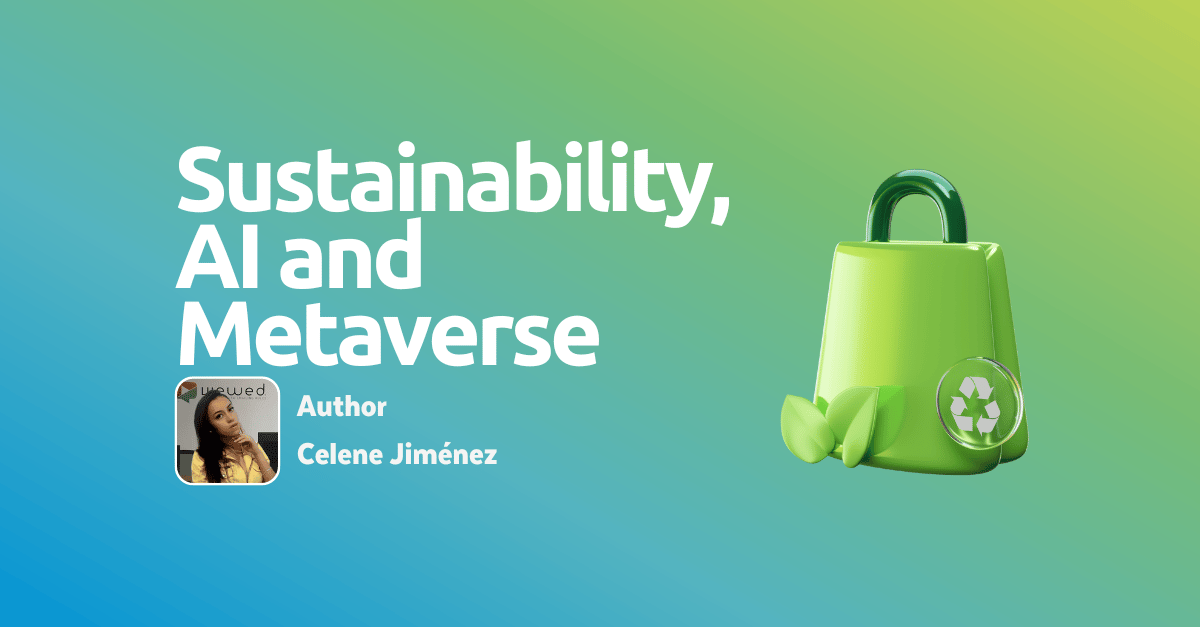In today's dynamic world, a continuous stream of new tools and strategies emerges at an unprecedented pace. This demands that marketing, communication, and advertising specialists stay abreast of these advancements to maintain their competitive edge. Amidst this revolution, Digital Twins have emerged as one of the latest trends, significantly transforming the industry landscape.
What are Digital Twins and How do They Work?
Digital Twins are virtual replicas of physical objects, processes, or systems, mirroring their real-world counterparts in real time. They are fueled by a constant flow of data from sensors, IoT devices, and other sources, enabling them to evolve and adapt alongside their physical counterparts.
The Inner Workings of Digital Twins:
- Data Collection: Sensors, IoT devices, and other systems collect data about the physical object, process, or system.
- Data Processing and Analysis: The collected data is processed and analyzed using artificial intelligence and machine learning algorithms.
- Digital Twin Update: The extracted information is used to update the Digital Twin, reflecting the current state of the physical object, process, or system.
- Simulation and Prediction: The Digital Twin is utilized to simulate different scenarios and predict the future behavior of the physical object, process, or system.
- Decision-Making: The outcomes of simulations and predictions are employed to make informed decisions regarding the physical object, process, or system.
- Optimization and Control: The decisions made are implemented in the physical world, optimizing the performance of the physical object, process, or system and generating new data that feeds back into the cycle.
Diverse Types of Digital Twins
The world of Digital Twins encompasses a wide spectrum of types, each with its own unique characteristics and applications:
- Component Digital Twins: These twins represent virtual replicas of individual components within a larger system, such as an engine or a sensor. They enable real-time monitoring of the performance and status of each component, facilitating fault diagnosis and performance optimization.
- Asset Digital Twins: These twins focus on representing entire physical assets, such as a wind turbine or a building. These Digital Twins allow for simulating the asset's behavior under various scenarios, evaluating its energy efficiency, environmental impact, and maintenance needs.
- Process Digital Twins: These twins replicate complex industrial workflows and processes, enabling visualization and analysis of the overall process behavior. These Digital Twins are valuable for identifying bottlenecks, optimizing efficiency, and predicting potential issues.
- System Digital Twins: These twins integrate multiple Digital Twins of components, assets, and processes, creating a comprehensive representation of a complex system, such as a production plant or a transportation network. These Digital Twins facilitate large-scale simulations and enable more informed strategic decision-making.
- Organizational Digital Twins: These twins represent the functioning of an entire organization, including its processes, human resources, and information flows. These Digital Twins are useful for evaluating the organization's overall performance, identifying areas for improvement, and making strategic decisions at the enterprise level.
- Hybrid Models and Tailored Selection: It is crucial to note that in practice, it is common to find combinations of these Digital Twin types, forming hybrid models that adapt to the specific needs of each use case. The selection of the appropriate Digital Twin type will depend on the specific objectives in mind and the complexity of the system or process to be represented.
Digital Twins and the Metaverse: A Synergistic Convergence
The concepts of Digital Twins and the Metaverse emerge as two key building blocks for the future of industry and society. At first glance, they might seem like two independent ideas, but in reality, they are closely intertwined and complement each other in a synergistic manner.

The connection between Digital Twins and the Metaverse lies in the ability to integrate these virtual models into the Metaverse world. This creates an even richer and more realistic representation of physical objects and systems, allowing users to interact with them in an immersive and collaborative way.
The implications of this union are endless, opening up a range of possibilities in various sectors:
- Industry: Digital Twins in the Metaverse can enable advanced simulations to optimize processes, predict failures, improve efficiency, and reduce costs in industrial environments.
- Training and Education: The Metaverse offers an ideal space for virtual training and education, where users can interact with Digital Twins of machinery, tools, or work environments to acquire new skills in a safe and practical way.
- Product and Design: Digital Twins in the Metaverse can facilitate collaboration on product design and development, allowing multidisciplinary teams to work together on virtual models in real time.
- Marketing and Sales: The Metaverse offers a new channel for marketing products and services, where customers can experience the features and benefits of products in an immersive way before purchasing them.
Digital Twins and the Metaverse: Revolutionizing the eCommerce Landscape
At the forefront of this transformation lies product personalization. Digital Twins empower customers to create custom-made products in real time, selecting from various options for color, material, finish, and other attributes. This grants them greater control over their purchase and allows them to design unique products that align with their preferences.
This interactive shopping experience fosters customer engagement with the brand, making them feel part of the product creation process. This results in a more dynamic and memorable shopping experience.

Furthermore, 3D visualizations and augmented reality enable customers to envision how products will look in their personal environment, verifying dimensions, colors, finishes, and compatibility with other elements. This provides them with greater accuracy and information to make more informed purchasing decisions, which can increase buyer confidence by up to 56%.
Studies have shown that these techniques can boost conversion rates by up to 200% and reduce cart abandonment rates, as customers feel more confident and enthusiastic about their purchase when they have a precise perception of the product.
On the other hand, by providing customers with the opportunity to realistically visualize products, the number of returns due to dissatisfaction is significantly reduced, enhancing the shopping experience and generating savings for businesses.
Digital Twins can be a valuable tool for improving customer service in eCommerce. Customer service representatives can access virtual models of products and environments to provide remote assistance to customers, resolve technical issues, and even conduct real-time product demonstrations.
Lastly, the integration of Digital Twins into the eCommerce supply chain is crucial for improving logistics, ensuring product traceability, and reducing costs. These Digital Twins can simulate different distribution scenarios, identify potential problems, and optimize delivery routes, leading to greater efficiency and an enhanced customer experience.
Conclusion
Digital Twins and the Metaverse are not just passing trends; they represent transformative forces reshaping the eCommerce landscape. By embracing these technologies, businesses can create personalized and interactive shopping experiences, empower customers with informed decision-making, enhance customer satisfaction, and optimize their supply chains, ultimately driving growth and success in the ever-evolving eCommerce world.





